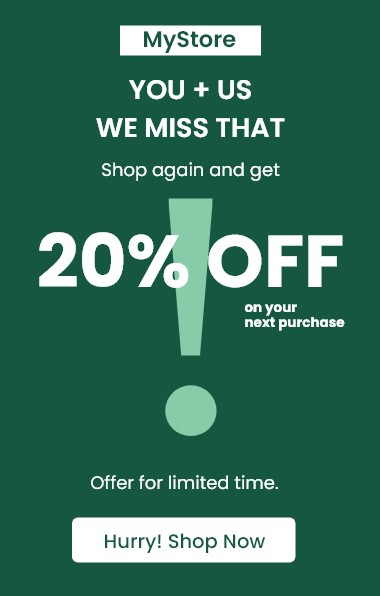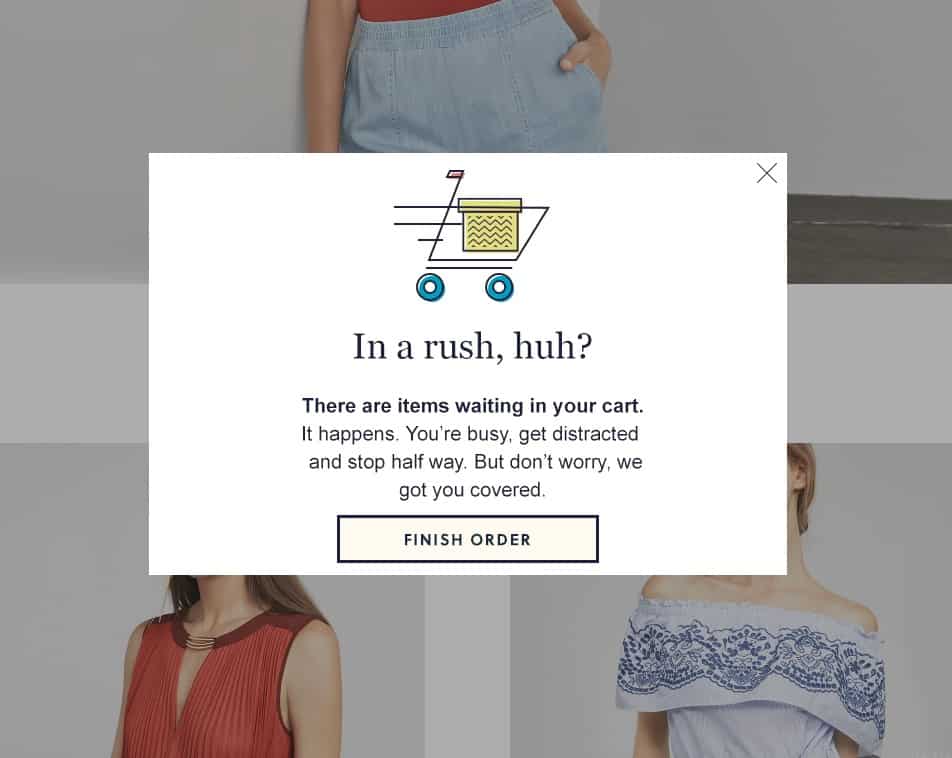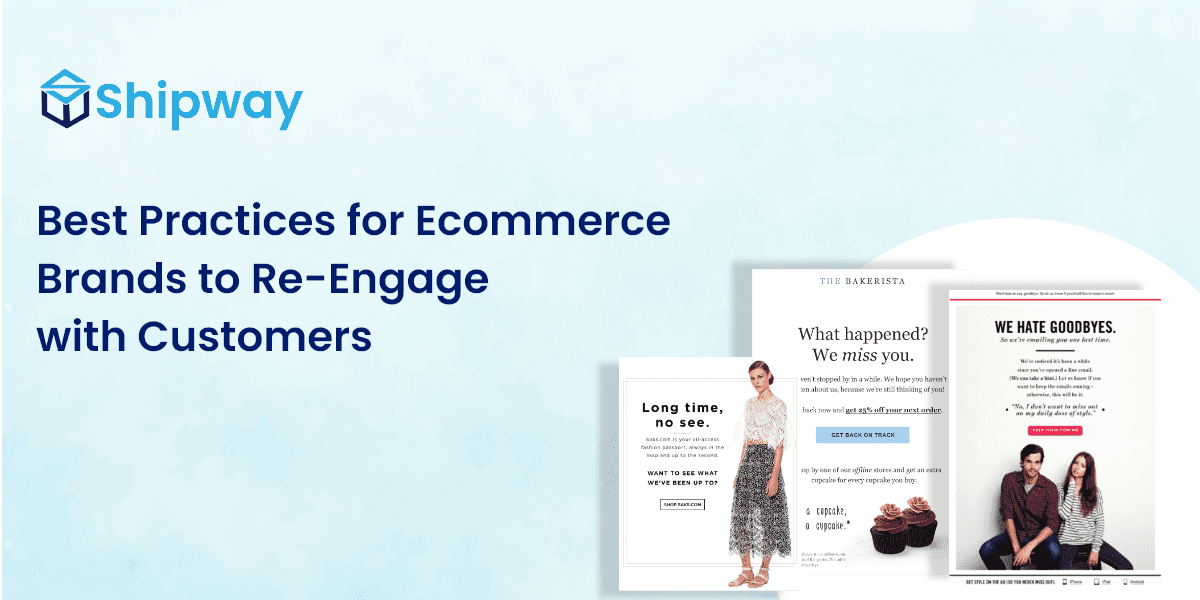More and more customers are shopping online today than ever before. Global retail eCommerce sales are projected to grow to 7.4 trillion dollars by 2025. In 2014, this figure stood at just 1.3 trillion dollars. Easy access to smartphones, affordable data, and sophisticated eCommerce platforms are collectively nudging this revolution.
For early adopters of eCommerce, online shopping has become a way of life; they are now consuming four more digital services than they did before the pandemic of 2020.
Today, the eCommerce landscape comprises B2B, B2C, C2C, and D2C models, all leveraging a mix of social media, retail media networks, and other tools to reach customers. However, with so many brands and platforms competing for similar markets, it is just as easy to lose customers, even those who are happy with their experience.
There’s a need for businesses to have a much more strategic approach to retaining existing customers, one that operates like a well-oiled machine.
Top Benefits of Customer Re-engagement
Engagement with existing customers is an ongoing journey, and investing in it, early on builds a strong foundation for the brand.
With so many brands offering similar products and services, a robust customer engagement strategy can emerge as a key differentiator. Here are reasons to prioritize it:
- Grow brand love: High-value engagement builds customer trust in the brand, and this is the foundation of a long relationship and continued sales.
- Acquisition costs more: According to a survey, the cost of acquiring a new customer is 5 to 25 times higher than retaining existing ones. On the other hand, increasing customer retention rates by 5% increases profits by 25% to 95%.
- Derive real-time insights: Brands are always looking for real-time feedback and insights to improve and innovate their products and services. One of the most effective ways is to access this knowledge from existing customers.
- Loyal customers forgive more easily: Brands make mistakes, and not every product, service, or campaign you launch will be an instant success. Loyal customers are more willing to hold space when things go wrong, while new ones are less forgiving.
- Grow brand visibility for free: Engaged customers are more likely to share their experiences on social media and recommend brands within their circle of influence. This translates to millions of dollars in free advertising.

9 Best Customer Re-engagement Practices
A brand’s approach to customer re-engagement is a reflection of the culture and values of the brand. It needs to be consistent, intentional, and standardized.
Multiple teams – from marketing to social media and public relations – will need to collaborate to develop a unified strategy. Here are the bases you’ll need to cover to get things started.
1. Keep it personal
The days of sending a generic birthday card, or Mother’s day message, have outlived their relevance. Brands will now need to get more personal to build a connection and relationship with their customers.
As the title suggests, brand communication with customers is moving more and more towards relating to customers as actual people – bringing in empathy, authenticity, humor, and sensitivity in the flavor of communication.
For instance, thanking a customer with a personalized note or featuring their stories as part of a Mother’s Day montage video (with their consent, of course) can turn customers into lifelong brand ambassadors.
2. Gamify your engagement
In 2021, the world had 3.2 trillion gamers, who are also consumers of everything – from food to toys to gadgets. As more and more consumers from the millennial and Gen Z generations take up gaming, they’re more likely to respond to gamified customer engagement.
Gamification can nudge customers to complete a purchase, join your brand’s community, follow your brand on social media, share their experiences on their social pages, and take other specific actions, namely exchanging purchases for fun incentives such as being awarded a badge, collecting reward points, or gaining access to a premium club membership.
Customer retention, loyalty, word-of-mouth referrals, and becoming active community members are all by-products of gamification.
3. Loyalty programs are still alive!
The concept of loyalty programs became popular as early as the 1700s when American retailers began experimenting with them. It might sound archaic, but well-crafted loyalty programs are as effective today as they were then.
D2C brands, for instance, are successful in driving customers to buy from their websites, as opposed to eCommerce platforms, through loyalty programs.
Highly scaled eCommerce platforms, on the other hand, offer memberships that come with multiple perks – from free live streaming of content to credit card offerings and reward points.
Existing customers spend much more than new ones, and this simple truth makes loyalty programs so successful.

4. Build communities
Some of the most successful brands invested in building communities early on. In a post-pandemic world, online communities have seen an explosion, with more and more consumers looking to connect with each other – from mom communities and biker gangs to digital nomads and wine aficionados.
Communities work well as a retention tool, as customers play an active role as content creators. User-generated content, for example, is a wealth of insights and conversations that inspire trust, authenticity, engagement, and connection, and feeds into brand communication.
In turn, community members become a primary point of contact for any new initiatives – product launches, campaigns, brand ambassador programs, and beyond.
The key to building communities is to set strong community guidelines, keep engagement constructive, and let community members take the lead.
5. Fire up your newsletter
In a survey conducted among advertisers in the USA, 86% of the respondents shared that newsletters played a key role in keeping the connection alive with their customers.
Yet, millions of newsletters land in consumer inboxes every day, and millions of them get unsubscribed to or get sent to spam. Those that stand out from the clutter are less likely to fall victim to such eventualities.
Invest in crafting newsletters that are relevant to your audience. A personalized look and feel, a conversational tone, a catchy headline, and a focused call-to-action collectively contribute to a newsletter that people actually read.
6. Build an archive of email/text campaigns
While sending a flagship newsletter on a monthly or fortnightly basis is a must, there is a need to curate a standardized set of emailers/text messages that directly connect to a consumer’s needs.
For instance, if the customer has earned reward points, building standardized communication via email and SMS is a must.
One can leverage CRMs to build effective campaigns that cover the full gamut of customer engagement communication comprising purchases, reward points, wallet information, forgotten carts, etc.
Putting such information at the consumer’s fingertips equips them to make faster decisions and take actionable steps that contribute to sales.
7. Leverage push notifications
As more and more consumers shop through their smartphones, curating regular, effective, and vibrant push notifications is a means to keep them coming back to your app.
Of course, you don’t want to send push notifications so often that they are perceived as spam. The content should be meaningful. It should share useful updates such as discounts or unique offers. It must also be endearing.
Consumers must look forward to updates, and not everyone needs to be able to sell a product. It can also showcase inspiring community stories.
In the case of eCommerce, customers often forget to complete transactions as they get caught up in the hustle of life. A gentle reminder for cart recovery via WhatsApp notifications and push can nudge them to complete the purchase, and they will be grateful.

8. Execute customer surveys
Existing customers are an ideal group to survey since they are familiar with your product, brand, and experience.
Designing simple, engaging surveys to capture real experiences will reveal a wealth of insights that can be reviewed and turned into actionable goals.
For example, a fintech business could benefit by inviting its women consumers to share their general experiences with financial products and services, as well as specific experiences with the brand.
Businesses can then tailor their products and platforms to serve customers’ real-time needs. They can incentivize customers to successfully complete surveys.
The insights can also be translated into reports that can serve as fodder for PR strategies.
9. Build influencer/ambassador programs
Existing customers can double as effective brand ambassadors because they genuinely swear by your brand.
Leveraging their reach and social equity serves multiple purposes – retention, driving organic acquisitions, and strengthening brand equity.
Building a robust ambassador program early on keeps the age-old word-of-mouth channel alive in its digital format.
For example, if your brand offers baby products, then existing customers who are moms could double up as your best ambassadors, especially when you are trying to evangelize a new category or behavior.
Innovative businesses are also building inner circles, customer councils, and other types of premium and mass customer networks to cement loyalty and retention.
The Takeaway
Collectively tapping into multiple engagement channels, and doing it in a way that imbibes the vibe and voice of the brand, can help eCommerce businesses seed customer loyalty in an era where many businesses only focus on lowering prices to retain customers.
Price wars ultimately do not always cultivate loyalty. Giving the customer more value through consistent customer engagement is a more effective strategy in the long term.
Playing on the natural and unique strengths of your product and brand is the right way forward.


